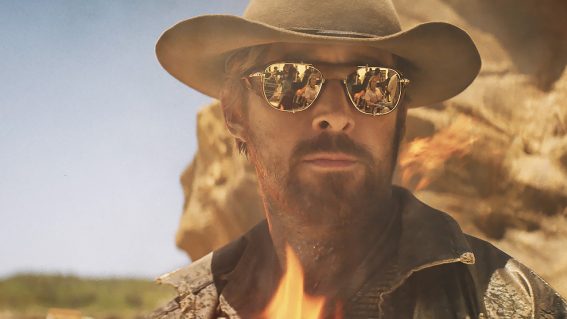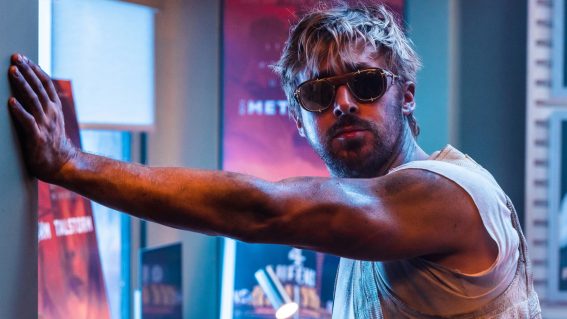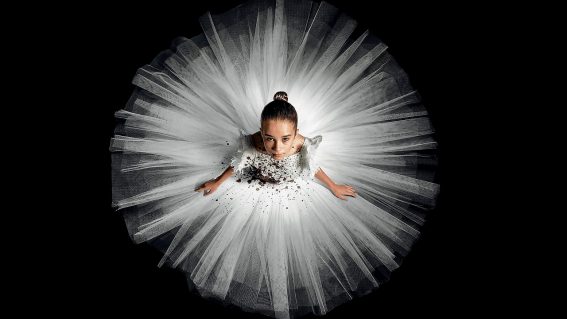A 1970s talk show descends into mayhem in Late Night with the Devil
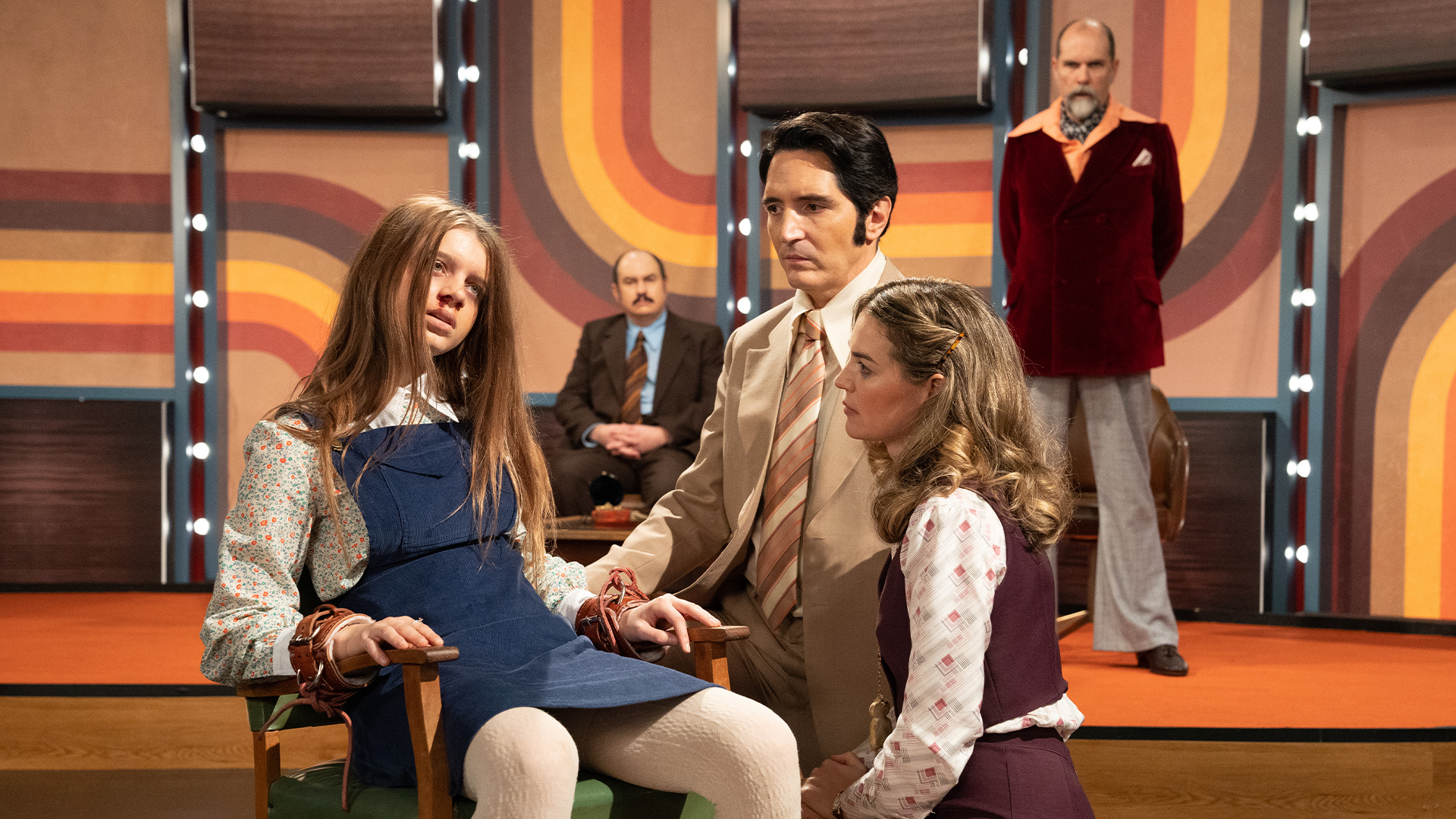
A 1970s talk show broadcast is the concept of found footage horror Late Night with the Devil (which as of today is rated 100% on Rotten Tomatoes). Tony Stamp is impressed by star David Dastmalchian and the film’s slow burn.
Late Night with the Devil
Fans of late-night chat shows—from the glory days of the 1970s, in particular—will find much to love here: richly imagined period detail, an authentically analogue look, and accurate recreation of the period’s slightly shaky approach to live TV.
Honestly, that might be enough, but as the title to this romp alludes, there are dark forces at work behind the scenes of this particular programme, ones that make themselves known over the course of a broadcast.
Late Night With the Devil starts with a lengthy prologue, introducing us to “Night Owls with Jack Delroy”, a fictional show competing for the top late-night slot with Johnny Carson. The highs and lows of Delroy—hitting the scene as a late-night golden boy, losing a wife to cancer and seeing his ratings subsequently plummet—unfold, setting us up for the feature-length episode that makes up the rest of the movie.
Will Delroy—grieving, desperate—go too far in his attempts to keep the show on air? It’s a compelling hook, and David Dastmalchian (who you might recognise from Dune or The Suicide Squad) nails his first leading role: both the charisma and bravado to come across as a believable host, and the loss and panic that occasionally haunt his eyes.
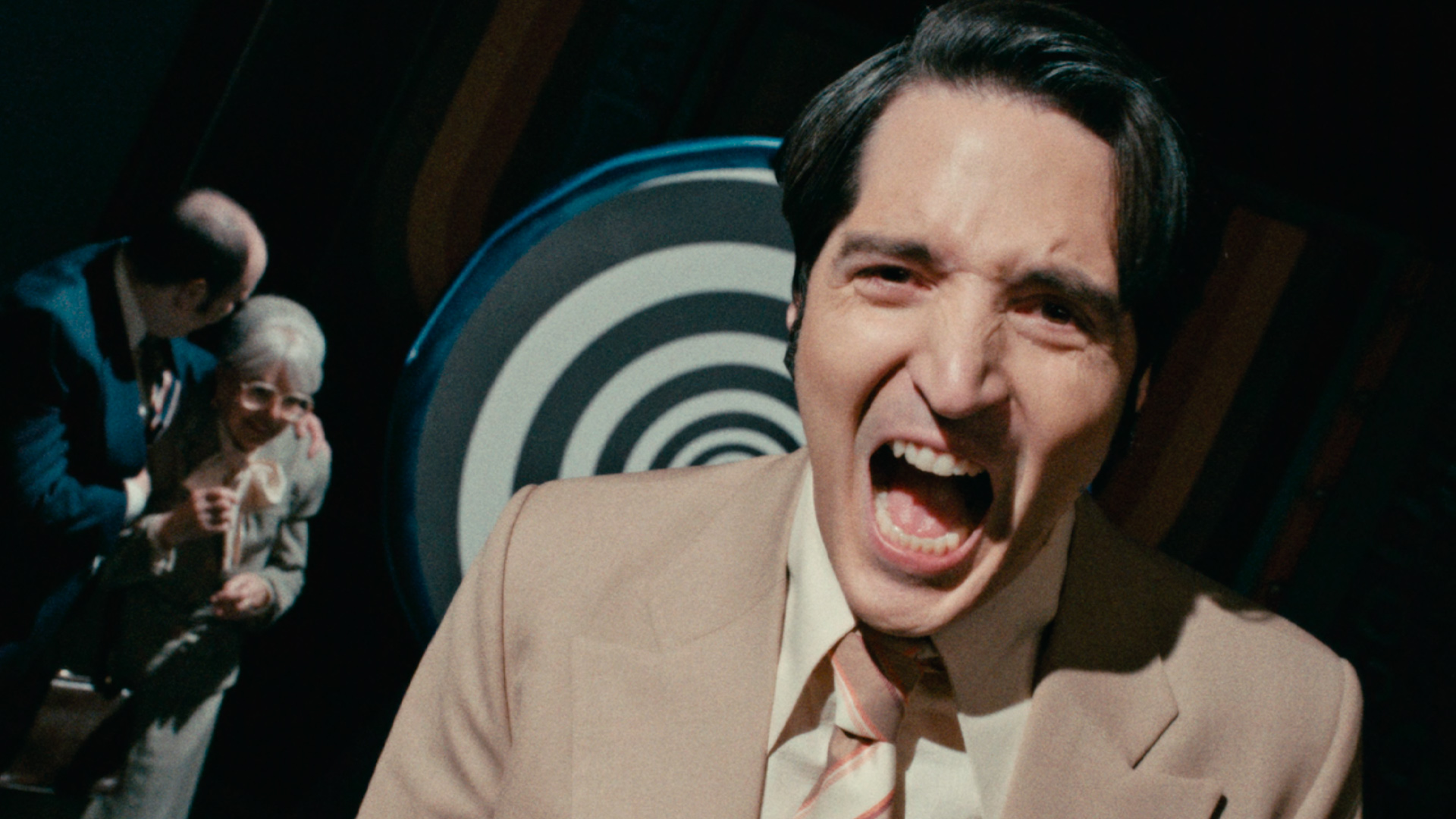
The show’s guests—a psychic, a sceptic, a parapsychologist, and so on—seem to steer the broadcast into increasingly murky waters, and at times, Delroy (and us viewers) may not be seeing what we think.
Which might seem strange, given that this is a found footage film. But directors Cameron and Colin Cairnes (another pair of Australian horror-helming siblings, following Talk to Me’s Philippou brothers), play fast and loose with the logic of the genre, and splice in “behind the scenes” footage between TV segments.
There were a few misgivings about the approach after my screening, but it’s an opportunity for the filmmakers to layer in clues about the movie’s lore, and more importantly, observe the difference in the cast’s behaviour when they’re on and off camera.
Suffice to say this is a slow burn, but things get pretty gnarly by the end, and genre fans will leave satisfied. Backing up Dastmalchian is a particularly game cast of Aussie supporting players, including Rhys Auteri as Delroy’s long-suffering (and gradually unravelling) co-host Gus, and Ian Bliss (who you might remember as Bane in the Matrix sequels) tearing it up as Carmichael Haig, a magician-turned-sceptic who offers Delroy’s viewers $10,000 if they can prove the supernatural.
In 1992 the BBC aired a live broadcast called Ghostwatch, that featured Michael Parkinson and reporters investigating otherworldly occurrences. The show claimed to be factual, but was in fact a feature-length prank on its viewers, and remains a surprisingly dark and thoroughly enjoyable watch to this day.
It was hard not to think of Ghostwatch during Late Night With the Devil, and while the Cairnes’ debut can’t match the sense of dread conjured by Parky and co, in the end it’s more concerned with gonzo setpieces and a descent into mayhem, which proves to be very entertaining.


